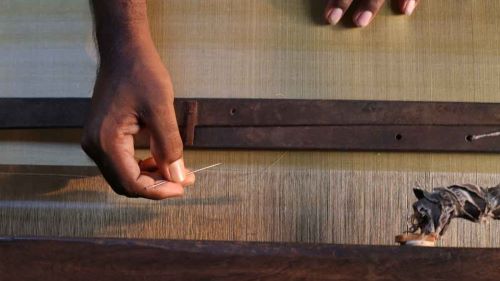
Benefits Of Natural Silk & Peace Silk Fabrics

Most Of Us Aware That Silk Is Popularly Known As The “Queen Of Fibres". But Do You Wonder Why Is It So Expensive? Do You Also Wonder What's The Difference Between Raw Silk Fabric, Natural Silk & Wild Silk?
Today, due to the uses of natural silk and its increasing demand, manmade silk is also available in the market, produced synthetically. Artificial silk may be cheaper than natural silk, but the latter is superior in myriad ways. Let's find out what makes natural silk so much better and about its multiple varieties. At Anuprerna, we firmly stand for the unmatched quality and authenticity of natural silk, advocating for its preservation amidst the rise of synthetic alternatives.
History of Silk:
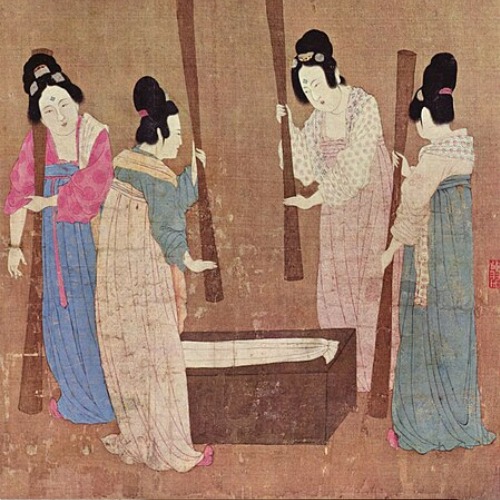
There are some legends surrounding the silk origin. It is popularly believed that it was first discovered in China around 27th B.C by an empress in a garden.
In India, we can trace the existence of silk back to the Vedic period which is around 5000 B.C. But around the 17th century, the East India Company introduced an advanced variety of silk reeling in Bengal in the district of Murshidabad called Bengal Silk.
What is Natural Silk?
The natural silk fibre is obtained from silk cocoons produced by the larvae of certain insects like silkworms. Farming or cultivation of silkworms for the production of natural silks is called sericulture.
These fibres are then used to produce natural silk fabrics.
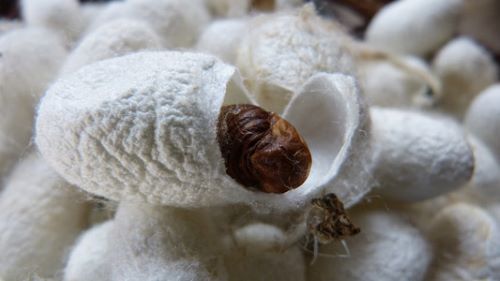
Classification:
India is the only country known for its wide variety of natural silks. These can be widely classified as-
Cultivated Silk – These are cultivated in a specified condition controlled by humans. Hence, the resulting fibre is of long length, smooth, more lustrous and white in colour, (silk characteristics that most associate silk with). e.g. Pure Mulberry Silk
Wild Silk – Here, the silkworms live semi-autonomously in forests and they are able to find their own food e.g. Tussar fabric. Hence, the resulting fibres are irregular, less lustrous and come in varied shades like brown, beige and gold.
There also exits Ahimsa Silk which can be both cultivated or wild variety. In the ahimsa silk process, the silkworms are allowed to hatch out of the cocoons to complete their metamorphosis into the moth stage. The remnants are the now empty broken cocoon. Hence, the resulting fibres are shorter in length and it is spun. Eg- Eri silk fabric, Ketya Peace Silk, Matka Peace Silk.
What is Raw Silk & How is it different from Natural Silk?
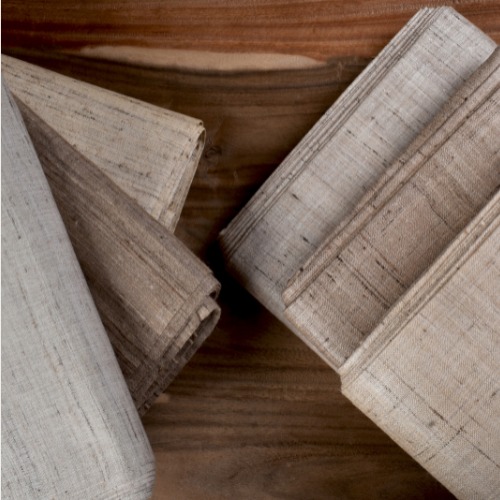
Raw Silk is simply every natural silk in the raw stage before the process of "degumming". The natural silk strand in this stage consists of two triangular silk filaments (fibroin) covered by a protein layer which is called sericin. The presence of sericin makes the raw silk uneven and gives a coarse handle. Hence, it is processed to remove the sericin. The process of removing the sericin from raw silk is called Degumming. It is also known as silk scouring. There are various ways to degum silk-like using soap, boiling water, enzyme, alkalines, acids etc. This not only helps with the texture but also helps to improve the dye uptake capability and lustre.
Explore more
Silk such as Tussar silk fabric, khadi Matka silk fabric or Ketya, even after processing/degumming, is often erroneously referred to as raw silk fabric in the local market because of its irregular surface texture slubby quality.
Different Variety of Natural Silk & Characteristics of Silk:
India is one of the major silk producers in the world and has the distinction of cultivating all commercially known varieties of silk- Mulberry, Tussar, Eri & Muga. Besides these, one can also find varieties like Ketya and Matka which are produced by upcycling waste from other silk. Here are some of the many properties of silk as per different varieties:
Characteristics of Tussar and Mulberry
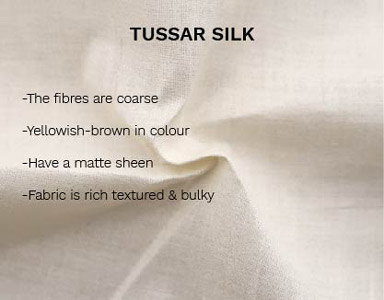

Characteristics of Eri and Muga Silk

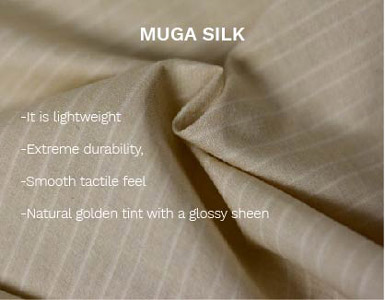
Characteristics of Matka and Ketya Silk
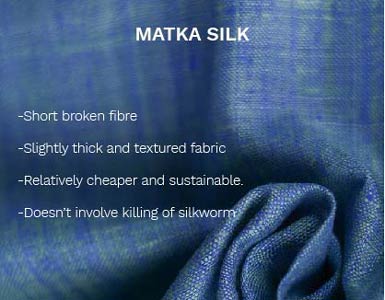
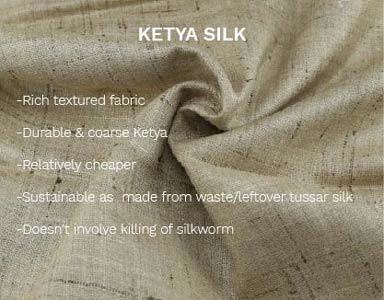
related questions
What are the benefits of peace silk?
arrow_drop_downPeace silk, or Ahimsa silk, offers ethical silk production by allowing silkworms to hatch naturally, avoiding harm. It is considered more environmentally friendly, maintains silk quality, and caters to a growing market seeking cruelty-free alternatives.
Why is peace silk sustainable?
arrow_drop_downPeace silk is sustainable because it allows silkworms to hatch naturally without harm, promoting ethical treatment. The process involves fewer chemicals and energy, contributing to a reduced environmental impact. Growing consumer awareness and demand for cruelty-free alternatives further enhance the sustainability of peace silk.
What is the quality of peace silk?
arrow_drop_downThe quality of peace silk is generally comparable to that of conventional silk. It maintains the luxurious feel, smooth texture, and sheen characteristic of traditional silk. The production process, which allows silkworms to complete their life cycle naturally, does not compromise the quality of the silk fibers. Peace silk is sought after for its ethical production methods while delivering a premium, high-quality fabric suitable for various uses in fashion and textiles.
how is peace silk made
arrow_drop_downPeace silk, or Ahimsa silk, is made by allowing silkworms to complete their life cycle naturally. Instead of being boiled or steamed in traditional silk production, the pupae are allowed to hatch into moths. The silk fibers are then harvested after the moths have left the cocoon, resulting in a cruelty-free and ethical silk production process.
More Blogs
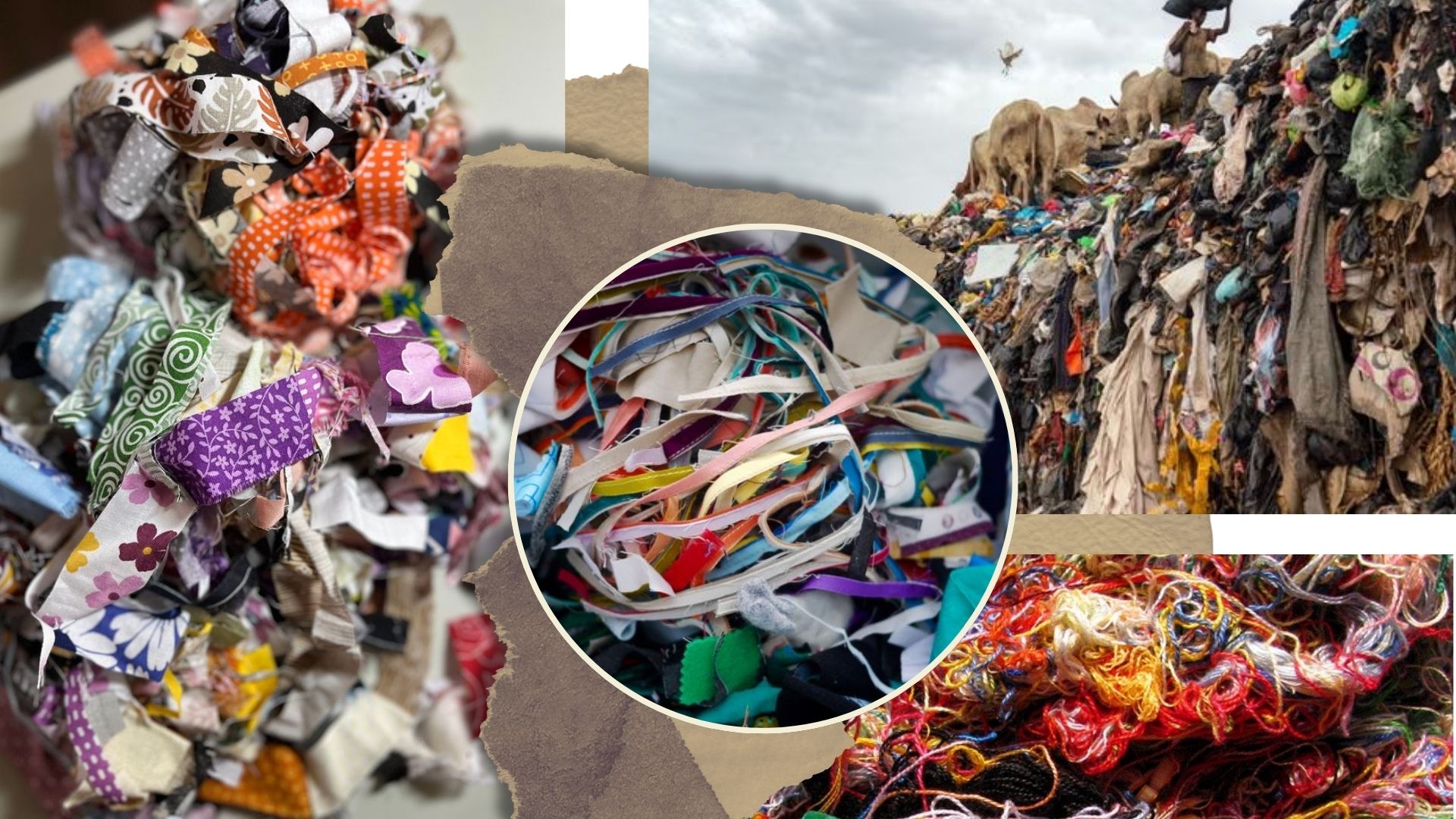
the scrap fabric solution, from clutter to creation
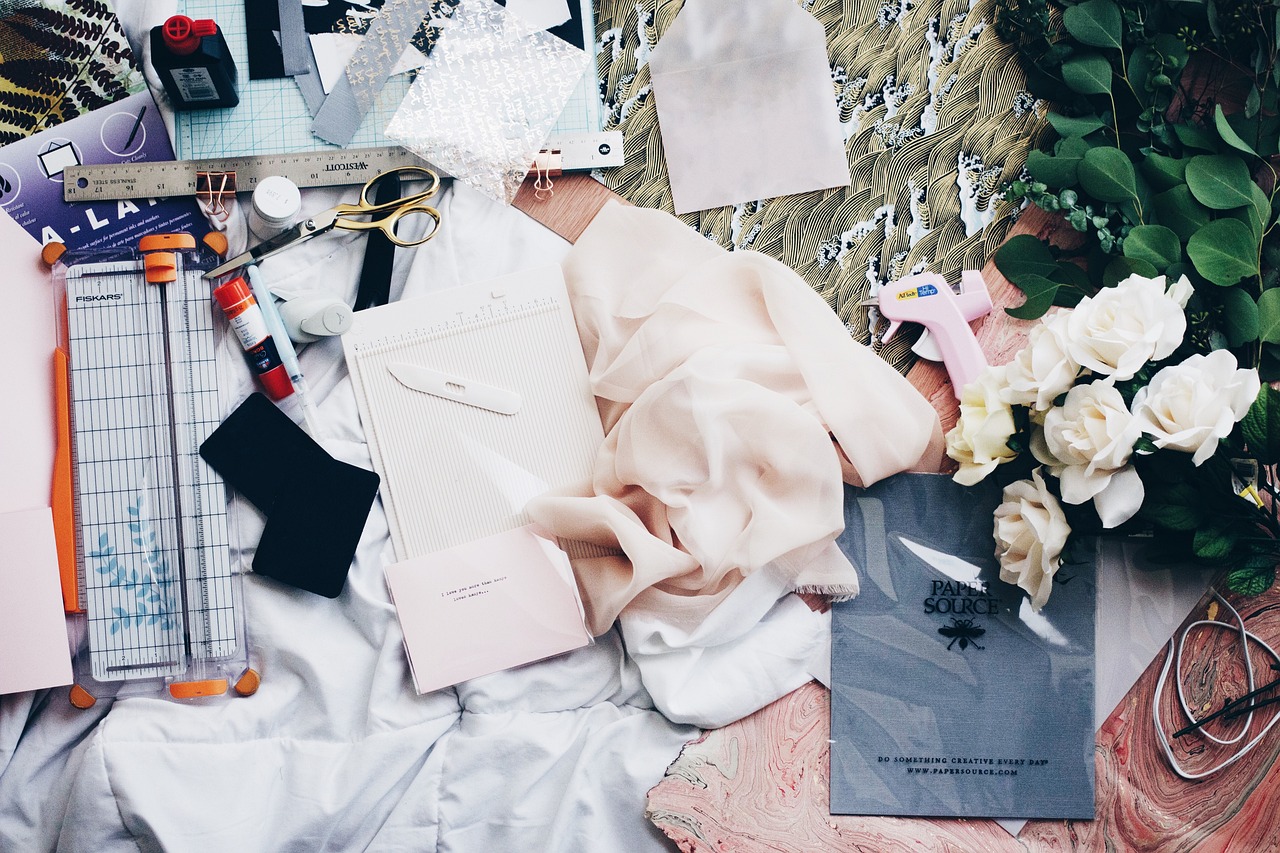
the art of sustainable recyclability
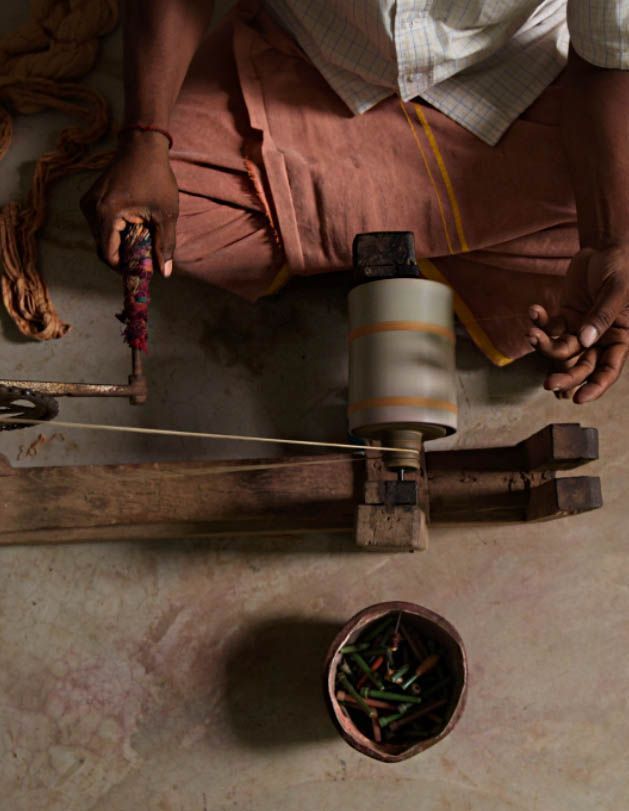
indian handloom in contemporary world
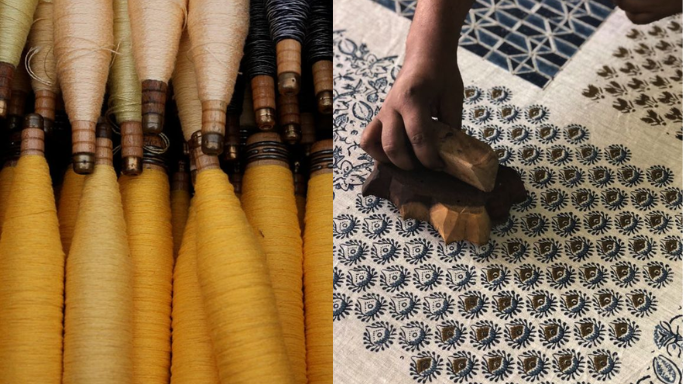
sustainability through handloom manufacturing
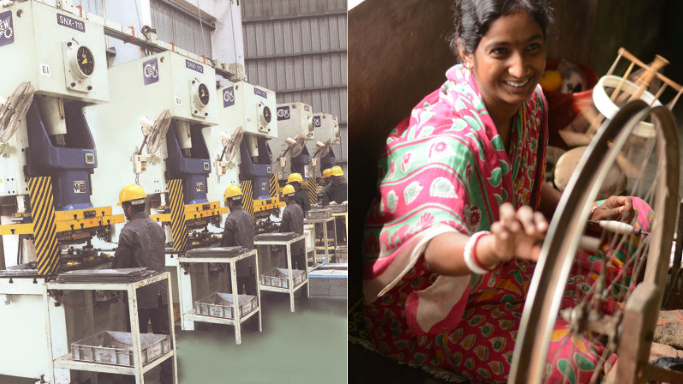
how to identify handloom fabrics in a powerloom world
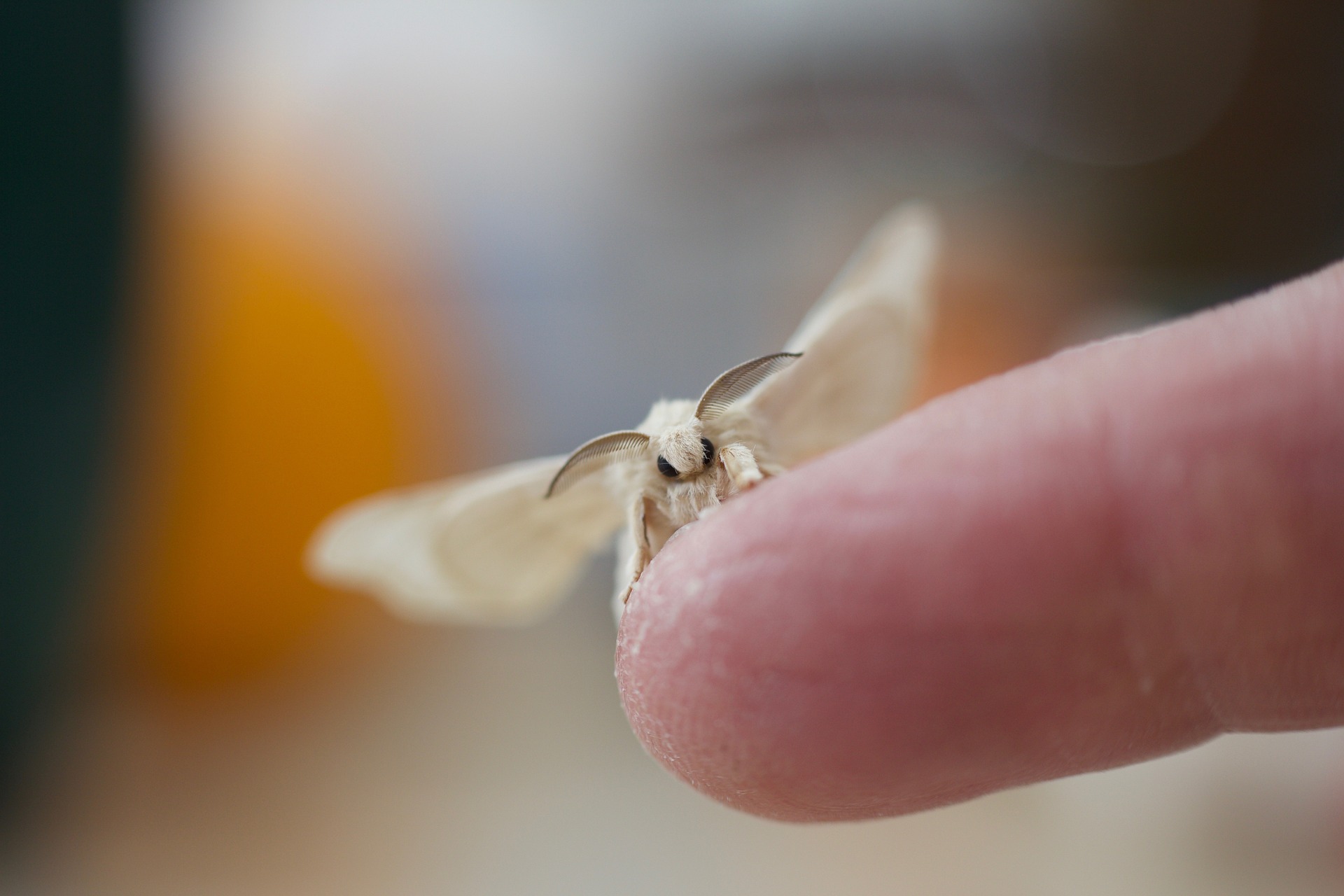
ketia silk - a peace lover






